Coffee is more than just a beverage; it’s a global phenomenon, a daily ritual, and for many, an essential part of life. To better understand this beloved drink, here are answers to some of the most commonly asked questions about coffee.
1. What Are the Different Types of Coffee Beans?
There are four main types of coffee beans:
-
Arabica: Known for its smooth, mild flavor and higher acidity, Arabica is the most popular type of coffee bean.
-
Robusta: Stronger and more bitter, Robusta beans are often used in espresso blends and instant coffee.
-
Liberica: Rare and unique, Liberica beans have a fruity and floral taste.
-
Excelsa: A subvariety of Liberica, Excelsa offers a tart, fruity flavor and is used to add complexity to blends.
2. How Much Caffeine Is in a Cup of Coffee?
The caffeine content varies depending on the brewing method and type of coffee:
-
Espresso: Around 63 mg per shot (1 ounce).
-
Drip Coffee: Approximately 95 mg per 8-ounce cup.
-
Cold Brew: Typically higher in caffeine, averaging 150-200 mg per 8-ounce serving.
3. Is Coffee Good for Your Health?
Yes, in moderation! Coffee contains antioxidants and has been linked to several health benefits, such as:
-
Improved brain function.
-
Enhanced physical performance.
-
Lower risk of diseases like Parkinson’s and type 2 diabetes.
However, excessive consumption can lead to issues like insomnia and anxiety. It’s generally recommended to limit intake to about 3-4 cups per day.
4. What Are the Most Popular Brewing Methods?
Here are some of the most common ways to brew coffee:
-
Espresso: A concentrated shot brewed under high pressure.
-
French Press: Steeping coarse grounds in hot water, then pressing with a plunger.
-
Pour-Over: Pouring hot water over grounds in a filter for a clean, nuanced cup.
-
Cold Brew: Steeping grounds in cold water for 12-24 hours, resulting in a smooth, less acidic coffee.
5. How Do I Store Coffee Beans for Freshness?
To keep your coffee beans fresh:
-
Store them in an airtight container, away from light, heat, and moisture.
-
Avoid storing beans in the refrigerator, as they can absorb odors.
-
Grind beans just before brewing for maximum flavor.
6. What Is the Best Roast Level?
The best roast level depends on personal preference:
-
Light Roast: Retains more of the bean’s natural flavors, with a higher acidity.
-
Medium Roast: Offers a balance of flavor, aroma, and acidity.
-
Dark Roast: Produces a bold, smoky flavor with less acidity.
7. What Is the Difference Between Coffee and Espresso?
The main difference lies in the brewing process. Espresso is brewed by forcing hot water through finely-ground coffee at high pressure, resulting in a concentrated shot with a layer of crema. Regular coffee is brewed using methods like drip or pour-over and is typically less concentrated.
8. How Does Decaffeinated Coffee Work?
Decaffeination involves removing most of the caffeine from coffee beans. This is usually done through methods like:
-
Swiss Water Process: A chemical-free method using water and osmosis.
-
Solvent-Based Methods: Using chemicals like ethyl acetate or methylene chloride to extract caffeine.
9. Is Coffee Sustainable?
Sustainability in coffee production is becoming increasingly important. Look for certifications like:
-
Fair Trade: Ensures fair wages and ethical practices for farmers.
-
Rainforest Alliance: Promotes environmentally friendly farming.
-
Organic: Grown without synthetic fertilizers or pesticides.
10. Why Does Coffee Taste Bitter?
Bitterness in coffee can result from:
-
Over-roasting the beans.
-
Brewing with water that’s too hot (above 205°F/96°C).
-
Over-extracting by brewing for too long.
Adjusting your brewing technique can help create a smoother cup.
Final Thoughts
Coffee is more than a drink—it’s a science, an art, and a cultural experience. Whether you’re new to coffee or a seasoned enthusiast, understanding the answers to these common questions can deepen your appreciation for every cup you brew.



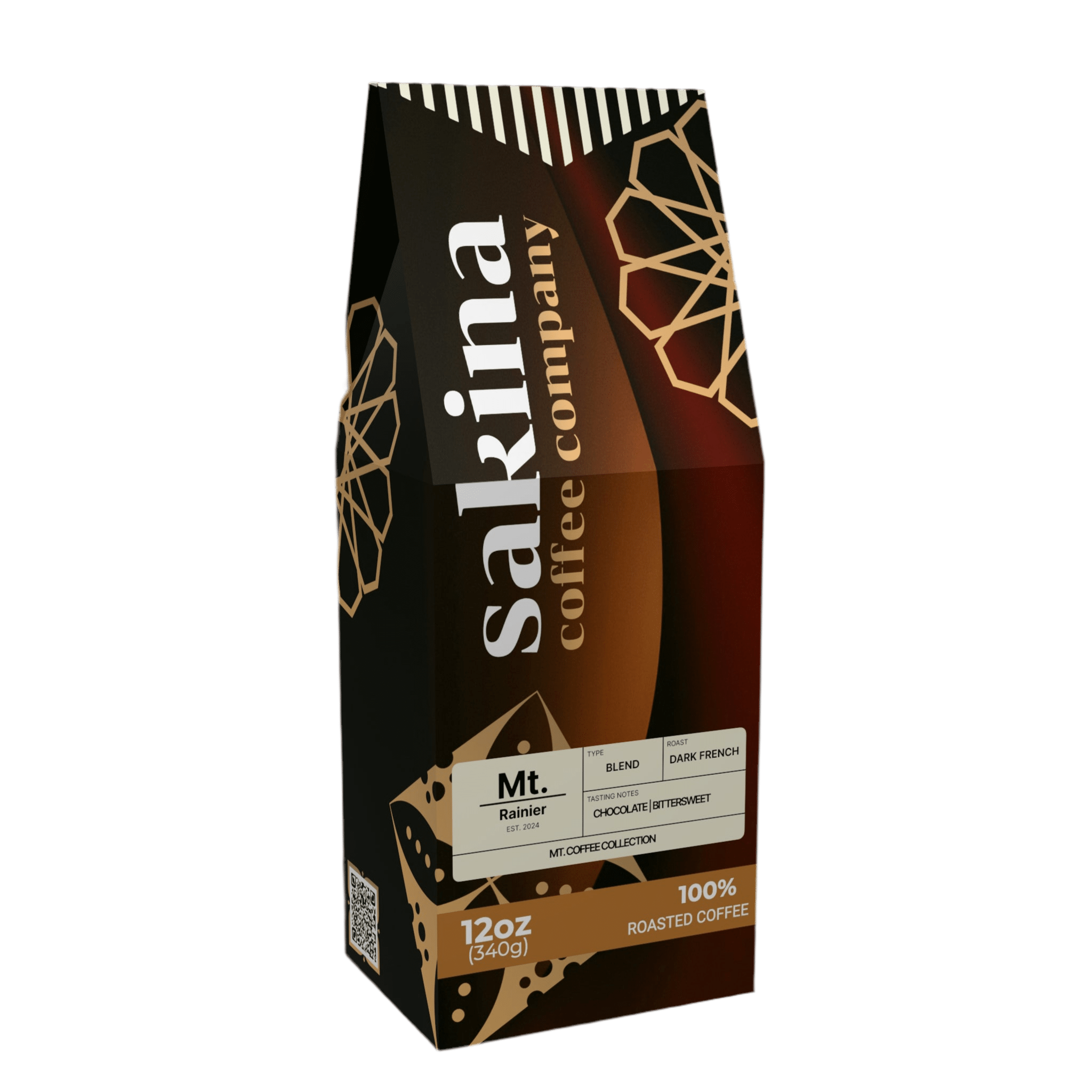



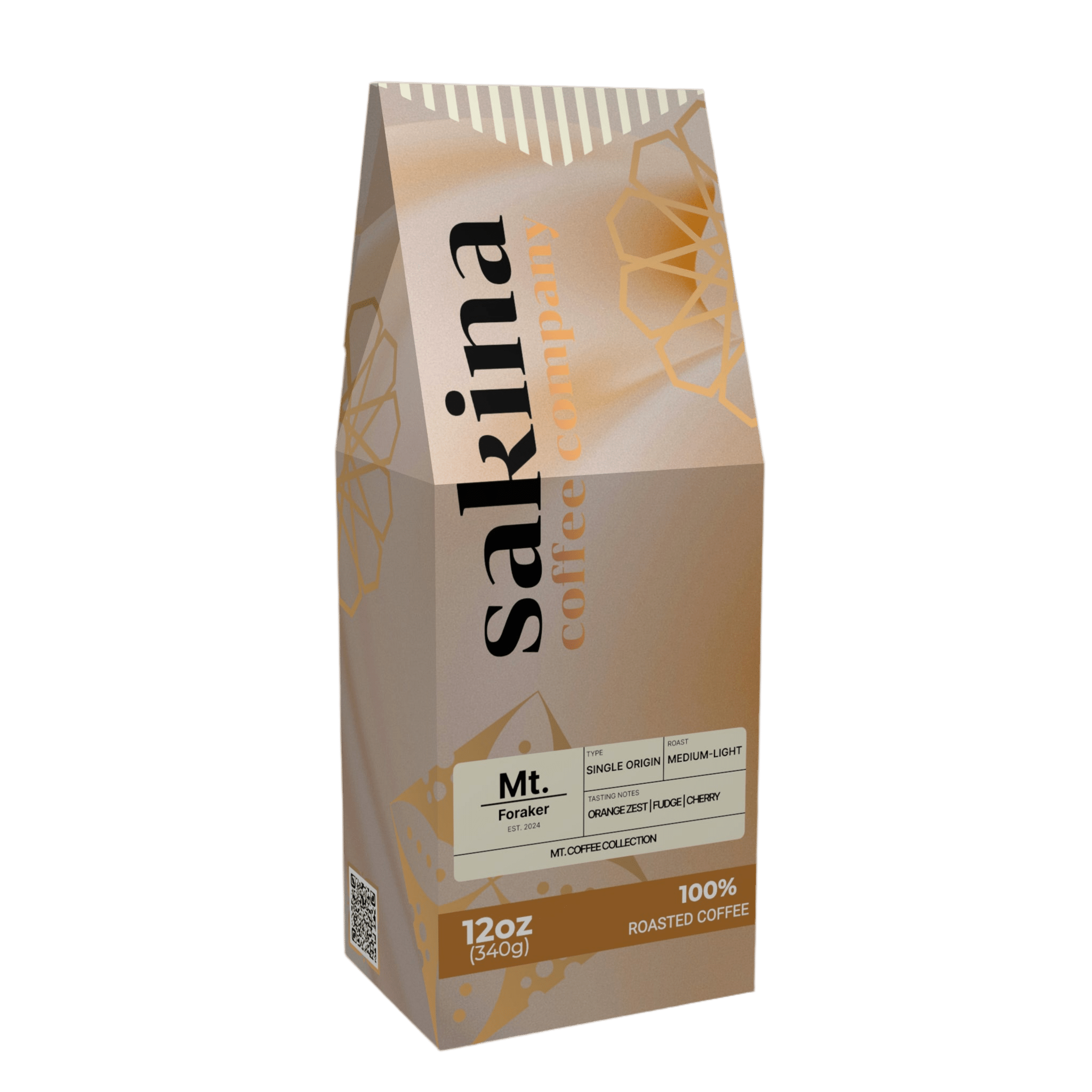
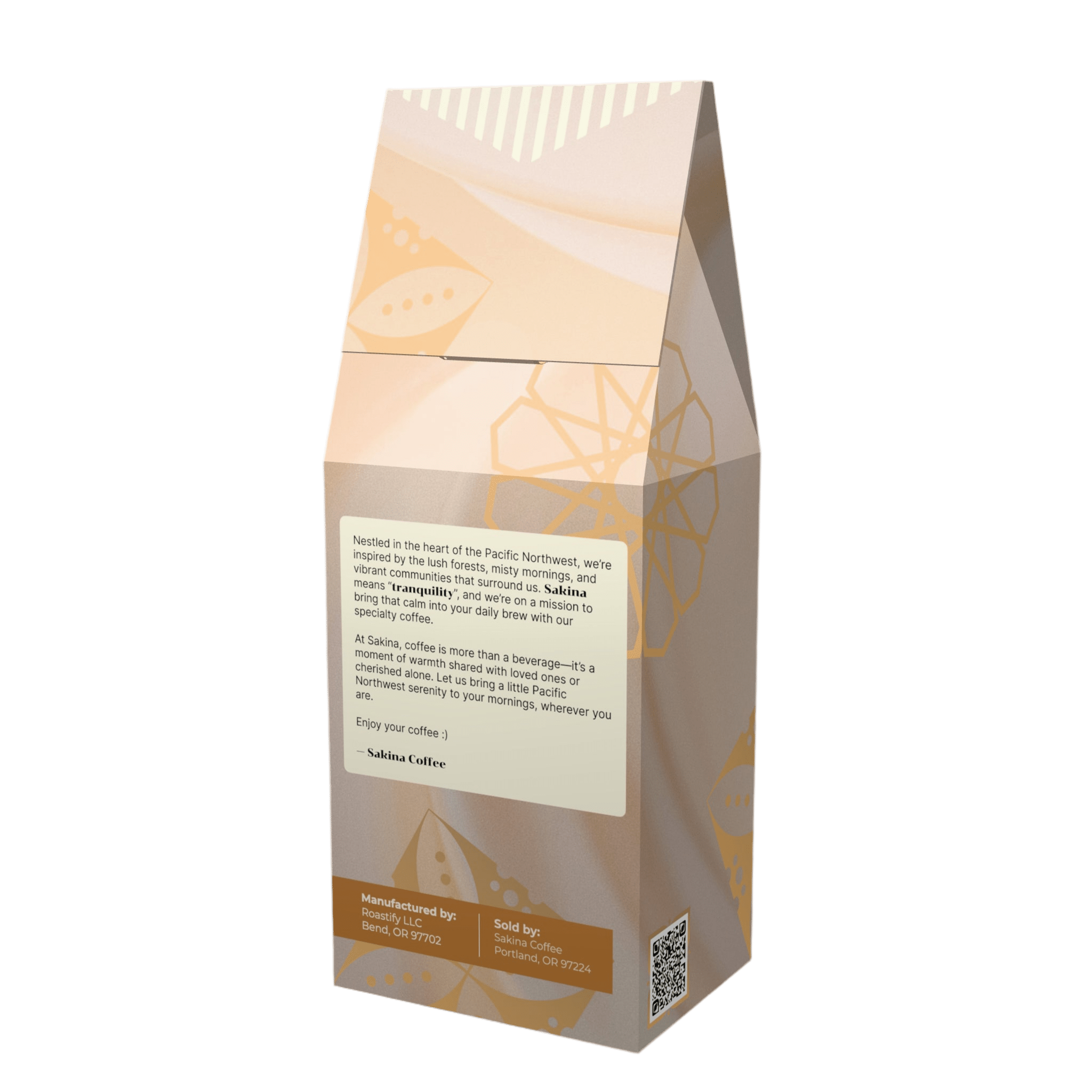
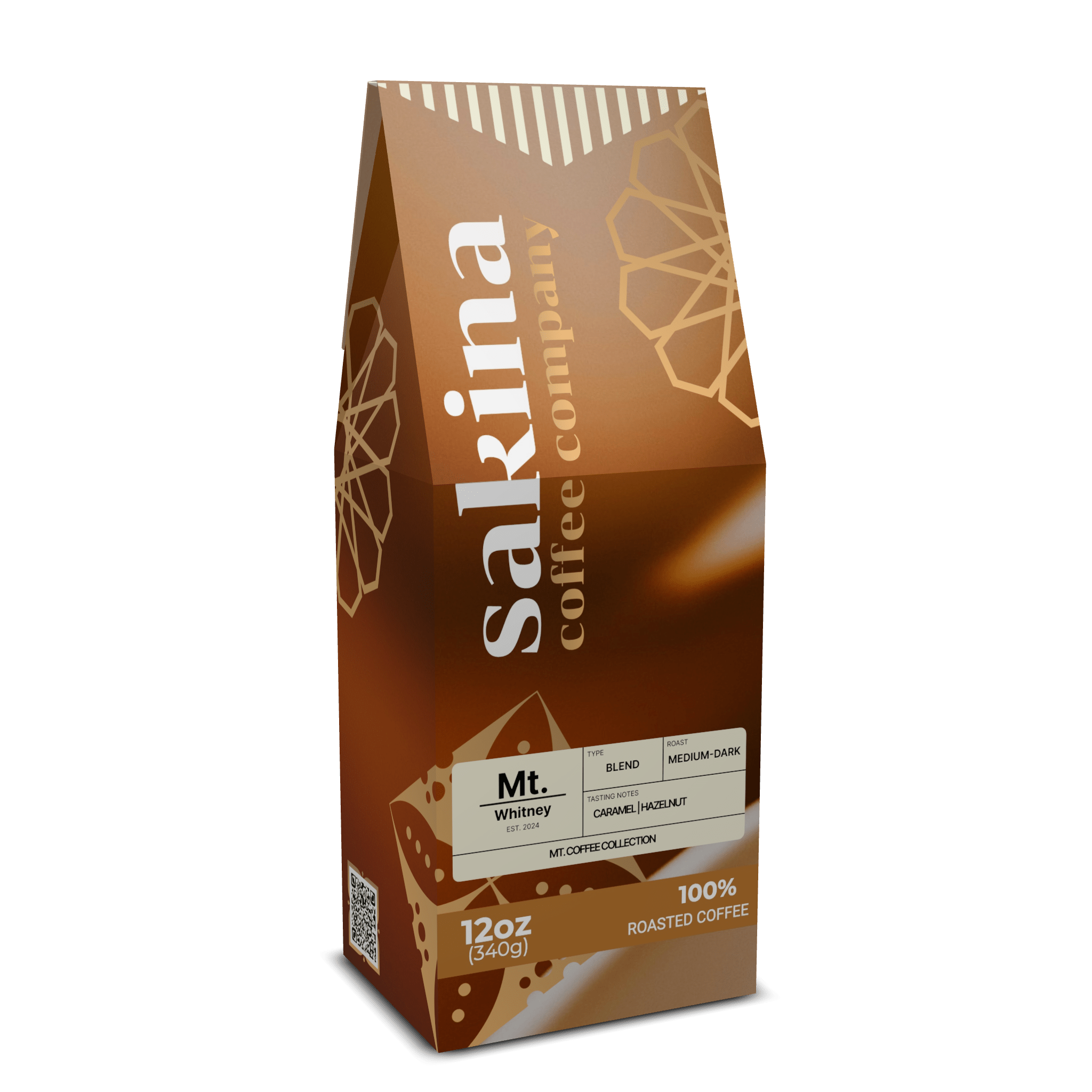
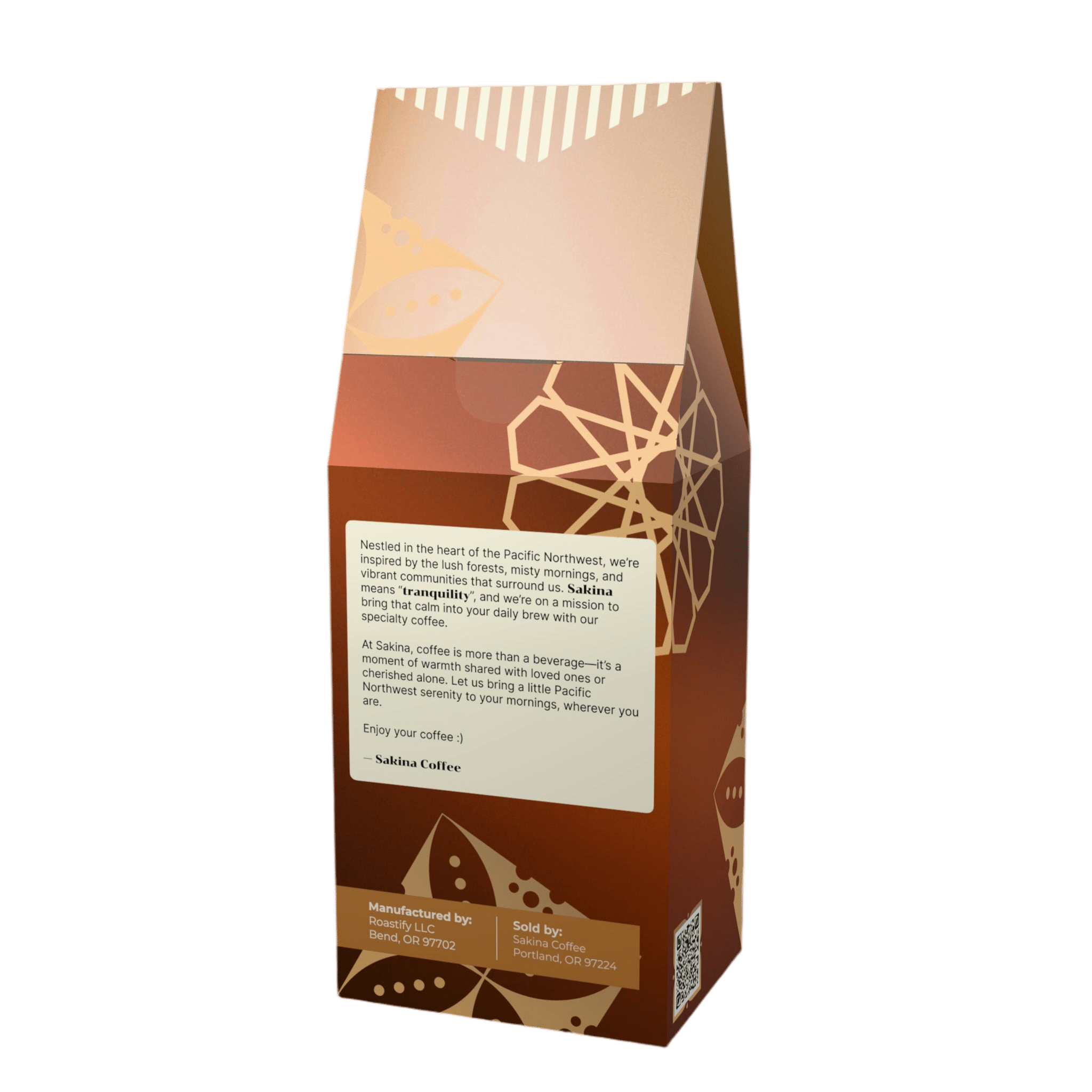
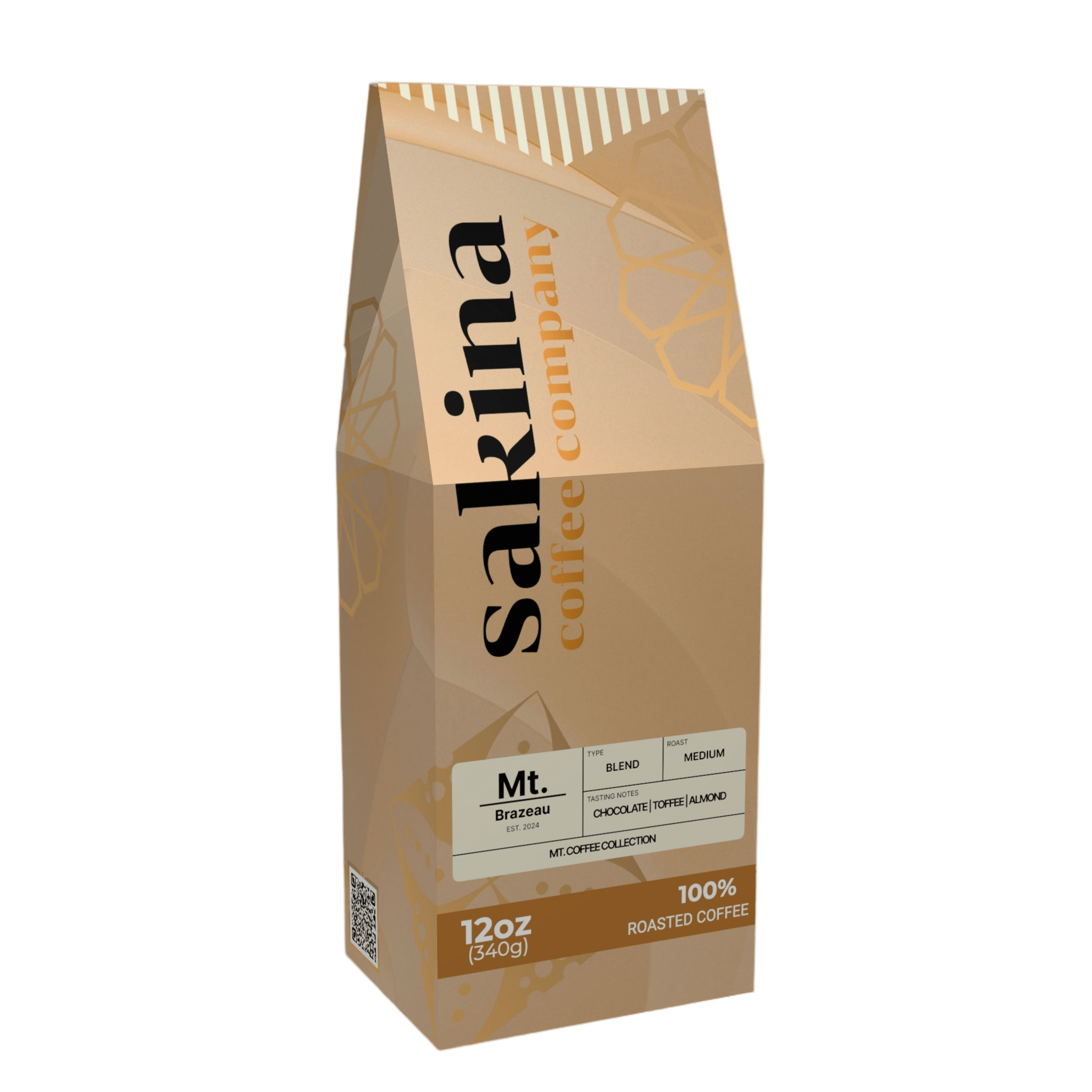
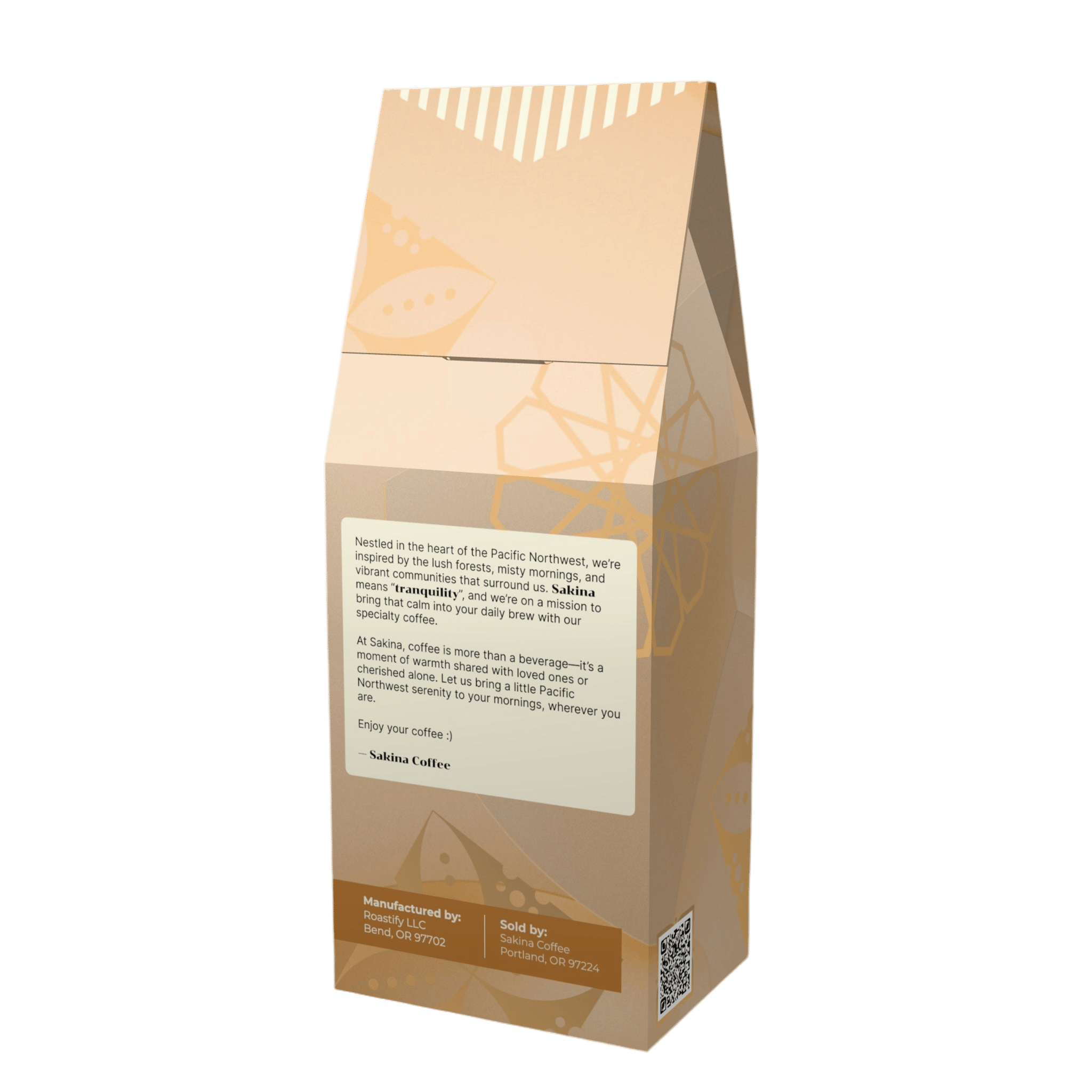
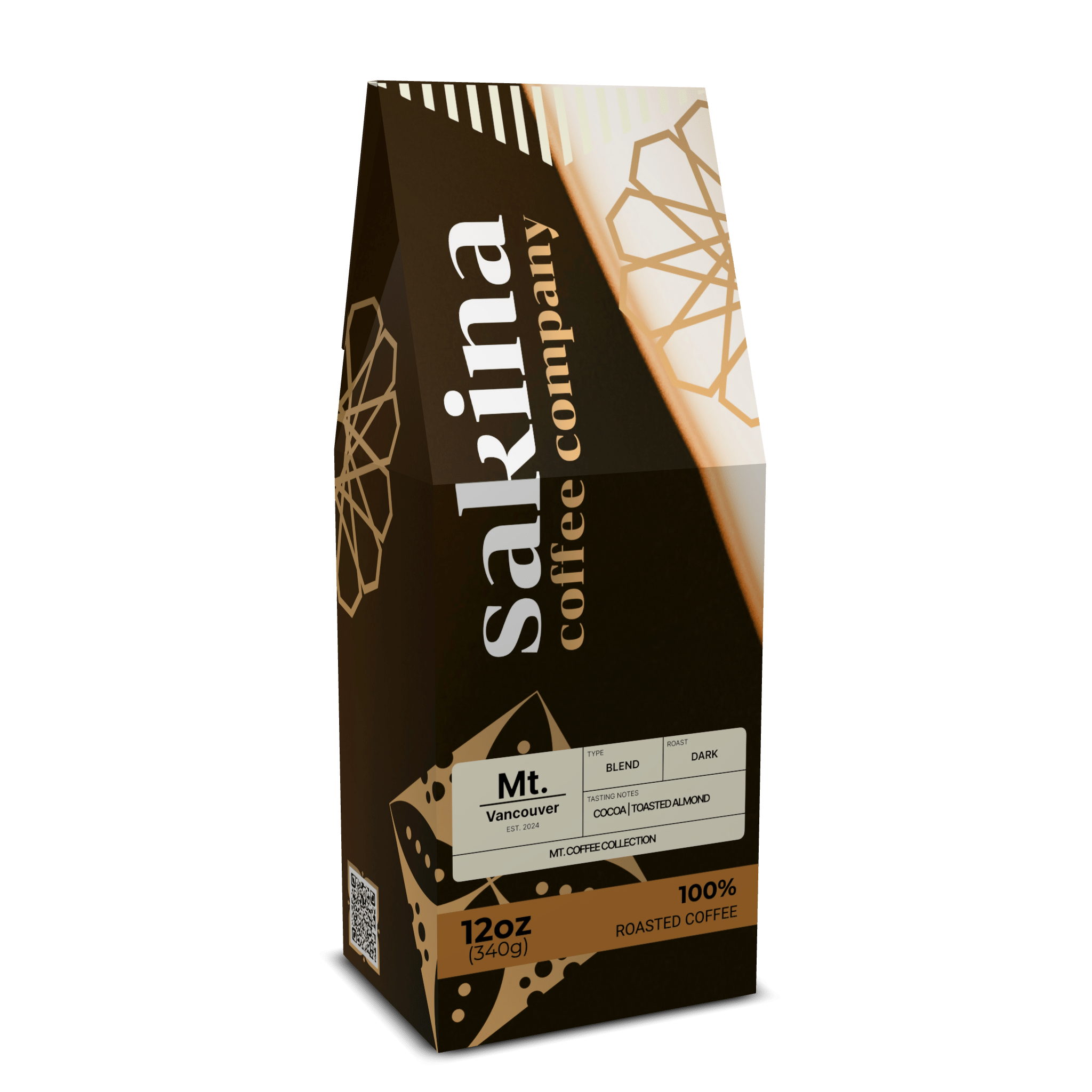

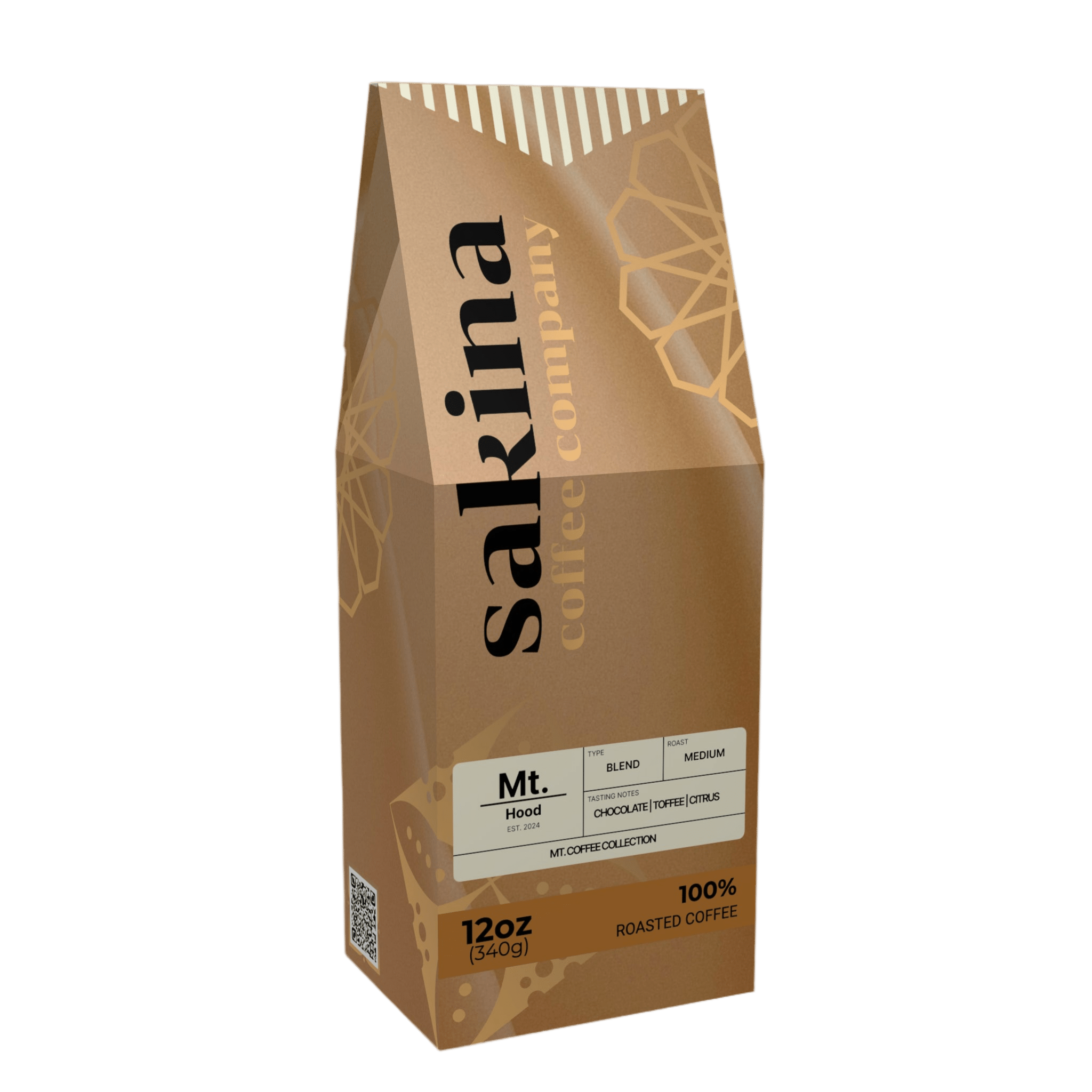



Share:
Discovering Seattle’s Hidden Coffee Gems
Unraveling the Mysteries: Single Origin vs. Blend Coffee